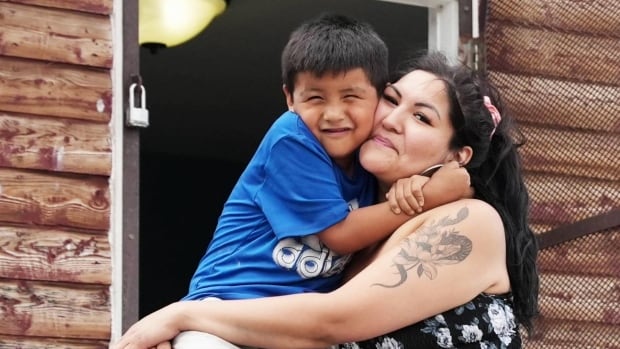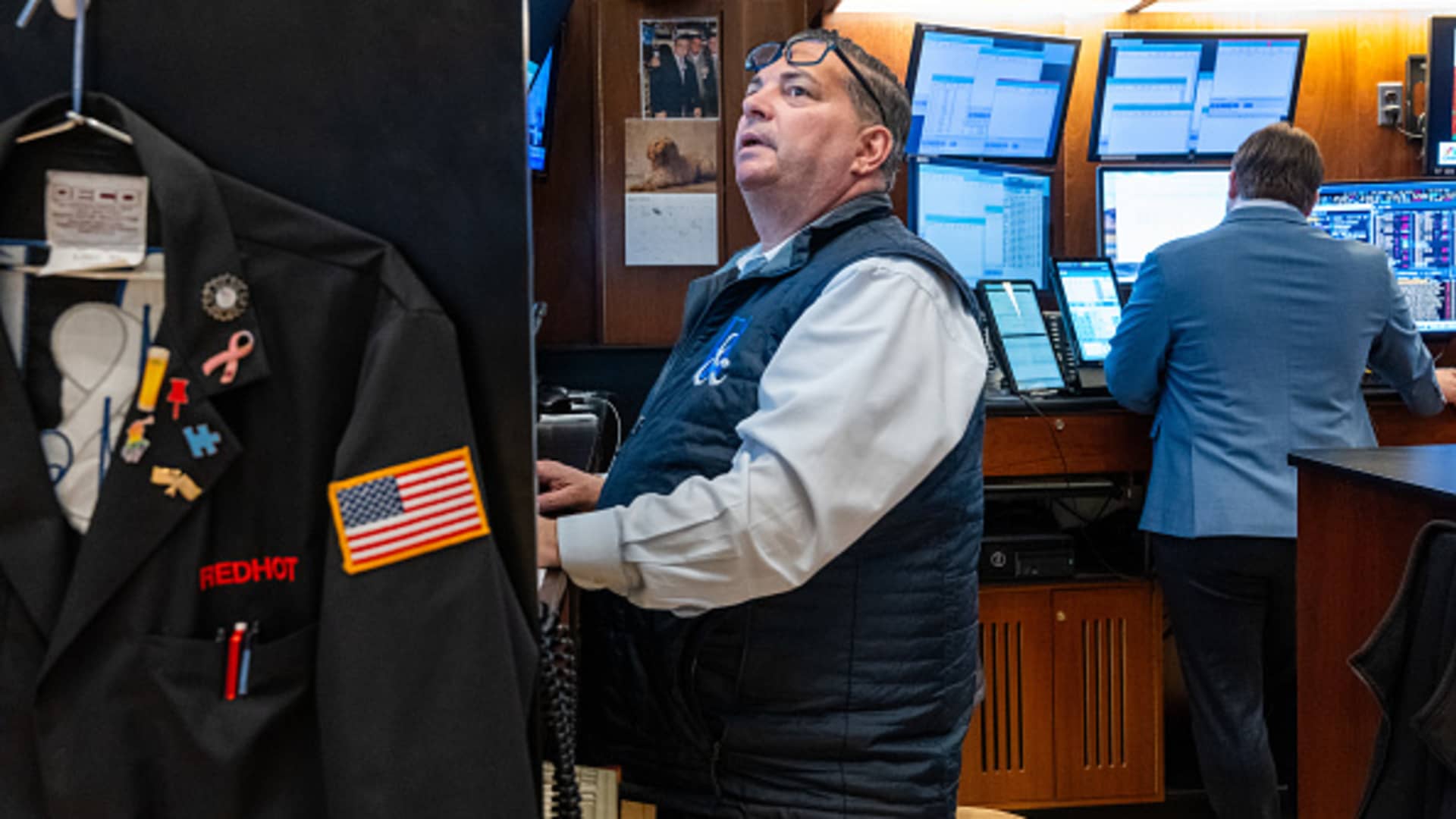When Lynda Lau Liebrecht was first diagnosed with breast cancer, everything she read was telling her about the importance of urgency.
She wanted to know more about her diagnosis and what the treatment options were, right away, but she didn’t know how to get those answers. She remembers one frustrating conversation with her oncologist.
“He was like, ‘I have five minutes.’ And I had a bit of a meltdown on the phone. I’m like, ‘You cannot tell me that you only have five minutes for me because I have been waiting to talk to you,'” Lau Liebrecht of Revelstoke, B.C., told White Coat, Black Art.
According to information collected by the Canadian Cancer Society, Statistics Canada and the Public Health Agency of Canada, an estimated two in five Canadians will be diagnosed with cancer in their lifetime.
Some provinces and health authorities, such as Nova Scotia, Alberta and Newfoundland and Labrador, offer cancer patient navigators, also known as nurse navigators: nurses dedicated to help guide people through the steps of getting the medical attention they need.
But what’s offered, and to whom, differs between provinces and territories, according to recent research and the Canadian Cancer Society.
What is a cancer patient navigator?
Lau Liebrecht says that after her diagnosis, on top of all the emotional and physical stress, she didn’t know where to turn for information. In B.C., she wasn’t connected to a navigator, so she found herself constantly asking admins for answers.
“At the beginning, you’re just thinking the squeaky wheel gets the grease and I’ve not heard from anybody. So it just makes you feel like you have to self-advocate harder, because … you just feel like you’re falling through a crack,” she said.
Times like this are when a cancer patient navigator can come in.
Lorie Kielley is a registered nurse who works as a cancer patient navigator with Newfoundland and Labrador Health Services.
She works directly with patients in that province who have just received a cancer diagnosis — helping explain what to expect at the start of the process, to what the next steps are.

“Having someone to reach out to, to guide them through what to expect, what supports are available to them and guide them through the whole process, is definitely something that can at least take a little bit of stress out of the experience,” said Kielley.
When Nancy Hounsell was diagnosed with rectal cancer in 2018, she was living in Ontario at the time, and didn’t have access to a cancer patient navigator to help her through it. So she was left to figure things out on her own.
“When you go through treatment and you’re waiting for an answer from somebody, you got to go through layers and layers of departments and hurry up and wait and hurry up and wait,” said Hounsell.
But when she moved to Newfoundland last year, she was assigned to Kielley.
“I can call her and then she does all the legwork. She knows better how to navigate the system than I do,” said Hounsell.
Hounsell saw firsthand how helpful Kielley could be when her chemotherapy was being rescheduled, without an explanation.
With her oncologist on vacation, Hounsell called Kielley, who connected her with the doctor taking over for her oncologist while they were away.
“I don’t know what I would have done if I didn’t have a navigator to help me out, because I wouldn’t have known how to get in touch with that other doctor,” said Hounsell.
Hounsell says she will have to do chemotherapy for the rest of her life, but she’s not letting it get the better of her.
“I have cancer; it doesn’t have me.”
What’s available — and where?
An article on the academic publishing site Elsevier called Cancer Patient Navigation in Canada: Directions from the North examined where cancer patient navigators are available in Canada and what kinds of services they provide.
The first cancer navigation program was created in 2002 in Nova Scotia, followed by Quebec launching a similar program in 2005. The article’s authors interviewed every province and territory with the exception of Quebec, Prince Edward Island, Nunavut, and Yukon. They said most provinces and territories have since implemented different forms of a cancer navigation program.
Programs between provinces differ — from who is covered, to what a navigator helps with. That makes it hard to nail down what exactly is available in each province.
“Each health authority has adopted a distinct strategy and customized the program for their particular region,” said the study.

For people who are lost on what to do next, there’s also a helpline for patients provided by the Canadian Cancer Society. Laura Burnett, the society’s vice-president of cancer support programs and services, says they often hear from people who don’t have navigators.
“It’s hard to tell you exactly how many navigators exist across Canada, because we do have so many different provincial jurisdictions that operate their own cancer systems,” said Burnett.
Lynda Lau Liebrecht would welcome expanded access to cancer patient navigators. While she was going through her treatment, she heard from others in her support group about the help they were receiving elsewhere in the country.
She just finished chemotherapy, and is preparing for surgery.
“Now that we’re well on the path, everything’s fine. But at the beginning … if someone could have just told me, then we might not have been so frantic,” she said.
Produced by Stephanie Dubois







